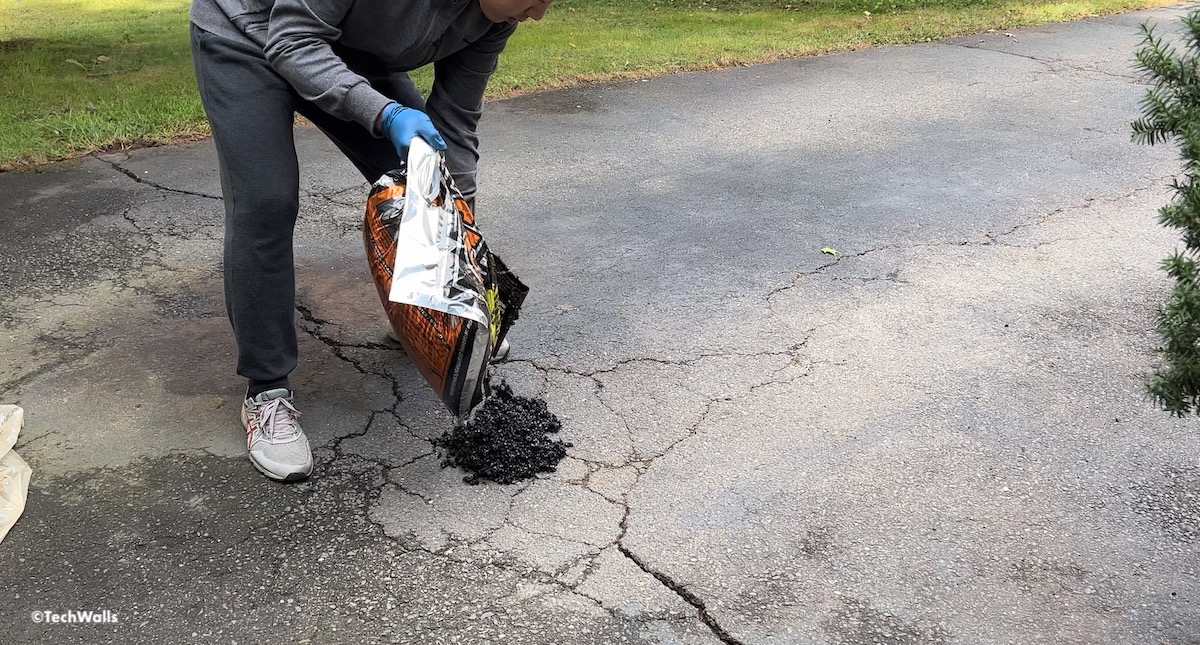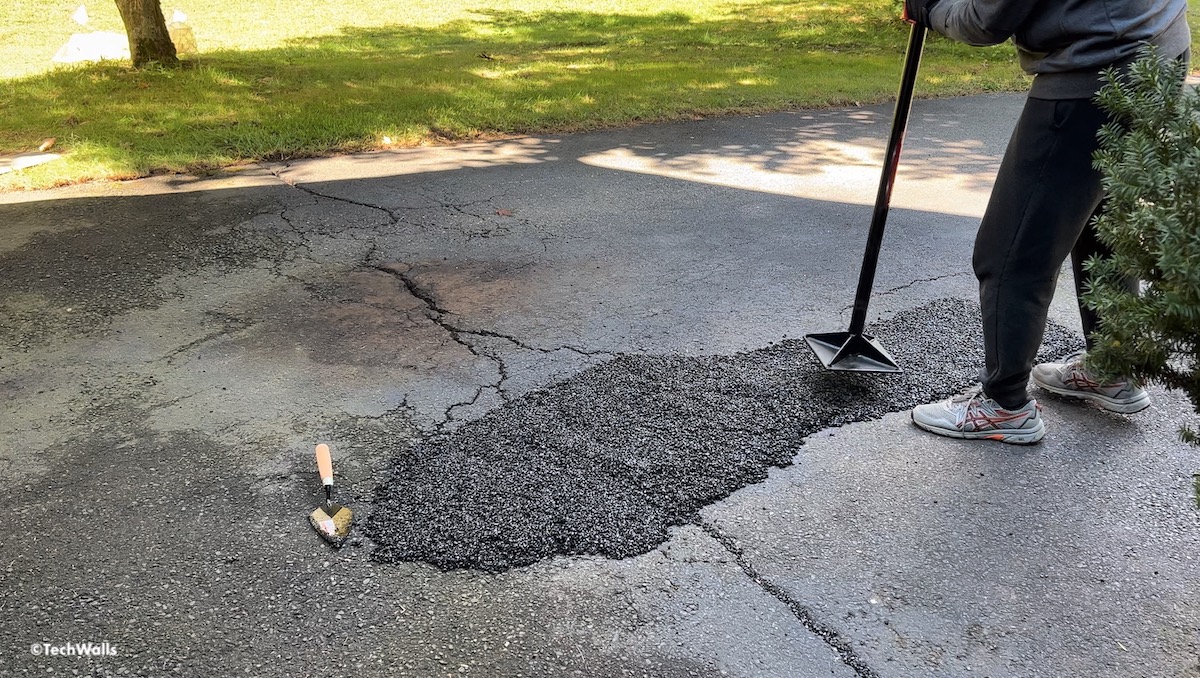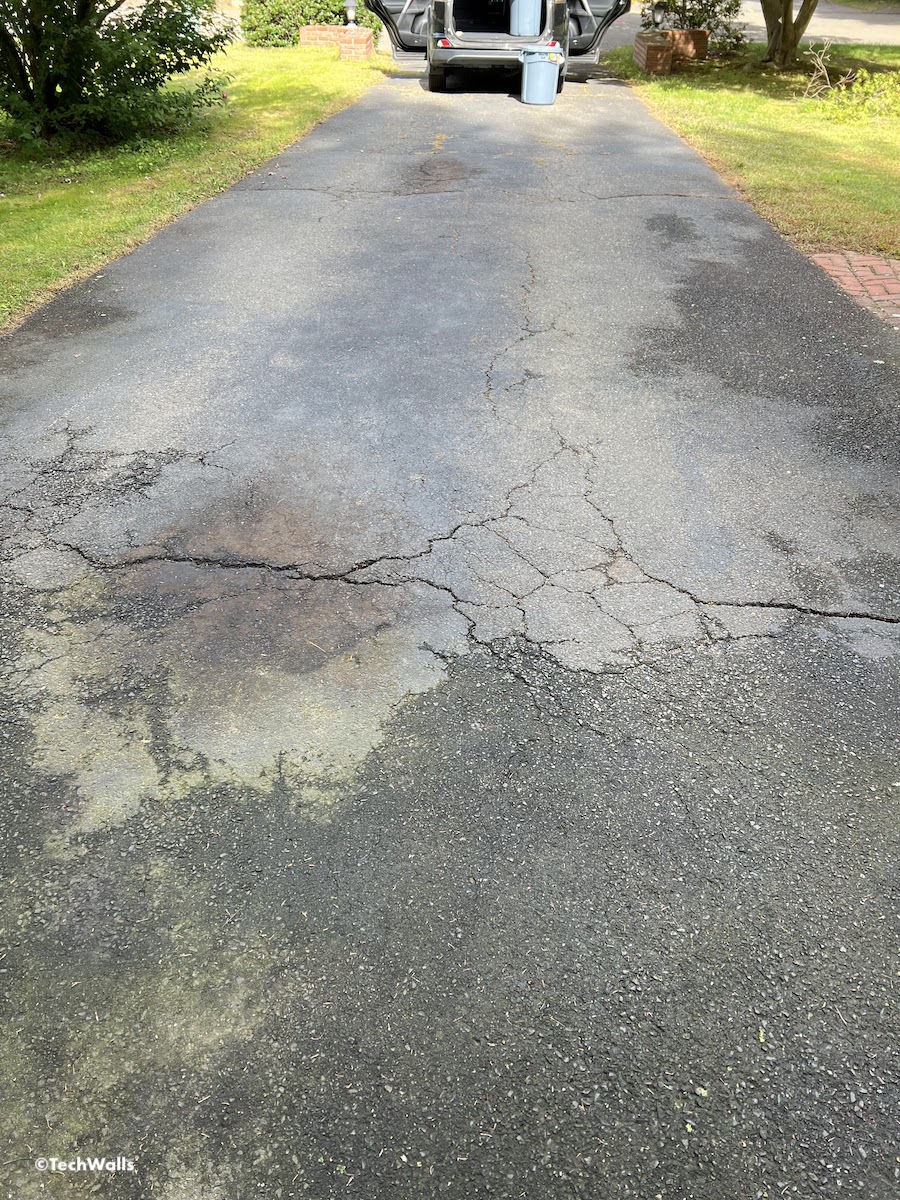Potholes, cracks, and other forms of driveway deterioration are not merely an eyesore, but they can also significantly affect the lifespan of your driveway, particularly in areas that experience harsh weather conditions. This has led homeowners to seek solutions that can provide a swift and lasting repair, and the QPR 50-lb Asphalt Patch has emerged as a popular option. However, a common question that arises is: Can we use the QPR Asphalt Patch during cold weather? In short, yes, but there are several factors to consider.
QPR is a high-performance, easy-to-use, cold mix asphalt repair product available at Lowe’s. It has been specifically engineered to be used in all weather conditions and is designed to adhere in cold and damp environments. However, just because a product is technically usable during colder periods does not mean it is the best option in every situation. For optimal results, it’s essential to understand the product’s composition, performance in cold weather, and best application practices.
QPR’s cold mix asphalt repair contains a proprietary blend of aggregates and modified asphalt binder, which allows it to be used at lower temperatures, even as low as -18 degrees Celsius (0 degrees Fahrenheit). This makes it a viable solution for driveway repair during winter months. However, the efficacy of the repair can be impacted by the severity of the cold weather. When it comes to applying the QPR 50-lb Asphalt Patch, there are several key steps to follow:

- Preparation: Begin by cleaning the area to be repaired using a leaf blower or pressure washer. Remove any loose debris, snow, or ice and try to dry the surface as much as possible. This step is crucial to ensure proper adhesion of the QPR patch to the existing asphalt.
- Fill: Open the QPR bag and pour the asphalt patch into the hole or crack. Overfill the damaged area by an inch or so, as the material will compact down with traffic or manual tamping.
- Compact: QPR is a high-void mix, meaning it contains more air and less material by volume than traditional hot mix asphalt. This characteristic allows it to be used immediately after application without waiting for it to cure, making it ideal for quick repairs. However, during colder weather, it can be more challenging to compact the material due to the hardness caused by low temperatures. Therefore, after filling the area, compact the patch thoroughly. This can be achieved by using a hand tamper or a vehicle’s tire for smaller patches. For larger areas, a vibratory plate compactor or roller may be more effective. Remember, the effectiveness of the repair can depend heavily on the quality of compaction. If you can’t compact immediately, don’t worry. The QPR asphalt patch is designed to gradually compact under traffic over time.
- Clean-Up: Sweep the surrounding area to remove any loose asphalt particles. This will prevent them from being spread around by subsequent traffic and will provide a cleaner finish to your repair.
- Curing: Unlike hot asphalt, QPR does not need time to cure. As soon as the patch is compacted, it’s ready for traffic. This quick application and use make QPR a popular choice for homeowners needing to conduct quick, effective repairs.

By following these steps, homeowners can take advantage of QPR’s unique properties to carry out successful, durable repairs even in colder weather conditions. I applied the patch on my driveway in New England last fall and I’m totally satisfied with its performance. It is crucial to monitor the conditions closely and adhere to best practices for preparation and application. Extreme cold or excessively wet conditions can hinder the product’s effectiveness, potentially requiring a secondary application or repair when weather conditions improve. With the right preparation and application, QPR can help extend the lifespan of your driveway, regardless of the season.




